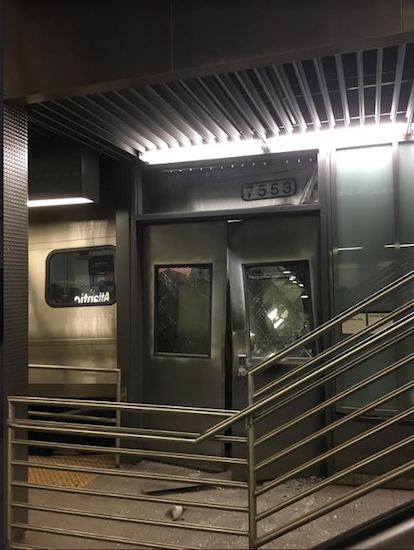Aftermath of LIRR Crash: Lawsuits begin
Train Was Going Twice the Speed Limit at Time of Crash

The Long Island Rail Road (LIRR) train that crashed into a bumping block as it was entering Atlantic Terminal on Tuesday morning was traveling at more than twice the speed limit, according to National Transportation Safety Board investigator Ted Turpin.
“I will give you that initially, right now, we believe that the collision at the end of the track was over 10 mph,” said Turpin on Thursday at a news conference. “The track speed is 5 mph.”

Brooklyn Boro
View MoreNew York City’s most populous borough, Brooklyn, is home to nearly 2.6 million residents. If Brooklyn were an independent city it would be the fourth largest city in the United States. While Brooklyn has become the epitome of ‘cool and hip’ in recent years, for those that were born here, raised families here and improved communities over the years, Brooklyn has never been ‘uncool’.